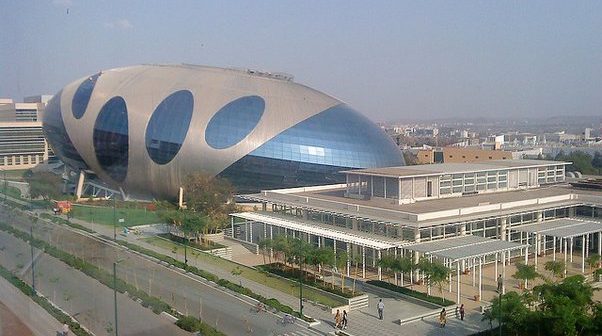Pune has emerged as a critical player in India’s IT sector, particularly within Maharashtra. Over the past three years, the city’s IT hubs have significantly contributed to both state and national economic growth. With prominent hubs like Hinjewadi, Magarpatta, and Kharadi, Pune has developed a robust infrastructure and attracted leading tech companies, including Infosys, TCS, and Tech Mahindra, strengthening its position as a key IT city alongside Bengaluru and Hyderabad.
Economic Contributions
Pune’s IT sector has consistently boosted Maharashtra’s economic output. IT hubs in the city contribute to over 25% of Maharashtra’s Gross State Domestic Product (GSDP). In 2023, it was reported that Pune’s IT and Information Technology Enabled Services (ITeS) sector provided employment to over 70,000 professionals, fostering a tech-centric environment that drives economic progress. The city also plays a pivotal role in India’s export economy, with Maharashtra accounting for nearly 20% of the country’s total exports from IT and ITeS. This sector attracted investments worth over ₹67,000 crore during the last five years, generating significant employment opportunities.
Additionally, Pune’s IT hubs have led to an increase in SGST collections for the state, with an estimated ₹7,643 crore generated from IT/ITeS services between 2017 and 2020. This strong tax contribution underscores the importance of the IT industry in bolstering state revenues.
Strategic Advantages of Pune’s IT Hubs
The advantages of Pune as an IT hub are numerous. The city offers a conducive business environment, with lower living and operational costs compared to other major IT cities like Bengaluru and Hyderabad. Affordable housing and superior quality of life have attracted young professionals, creating a thriving tech ecosystem. Pune’s strategic location along the Mumbai-Pune knowledge corridor enhances its accessibility and appeal for global and national companies looking to set up operations.
Furthermore, the presence of leading educational institutions like the Indian Institute of Technology (IIT), Pune University, and the Centre for Development of Advanced Computing (C-DAC) provides a steady supply of skilled talent, making Pune an attractive destination for IT companies. This well-educated workforce has contributed to a tech-savvy environment, fostering innovation and attracting investment in advanced sectors like artificial intelligence, cloud computing, and software development.
The Case for Further Development
The success of Pune’s IT hubs is a strong argument for expanding these developments further across the region. With rising demand for tech services and digital transformation across sectors, more such hubs would not only generate employment but also strengthen India’s standing as a global IT leader. Development of additional IT hubs would ease pressure on existing infrastructure and stimulate local economies. Special Economic Zones (SEZs) and industrial parks could be developed in the Pune periphery, expanding the city’s IT landscape.
However, there are challenges. Rapid growth in the IT sector has led to increased demand for urban infrastructure, from housing to transportation. The city’s traffic congestion, particularly around IT hubs, requires significant improvement in road networks and public transport. Additionally, there is a risk of over-reliance on the IT sector, which can expose the economy to sector-specific downturns.
Conclusion
Pune’s IT hubs have played a pivotal role in Maharashtra’s economy, contributing significantly to employment, exports, and tax revenue. The city’s strategic location, educated workforce, and high quality of life make it a prime candidate for further IT development. However, infrastructure challenges and the need for diversified growth beyond IT must be addressed to ensure sustainable progress. Expansion of IT hubs around Pune would not only enhance the local economy but also position India as a more competitive player in the global tech landscape.





